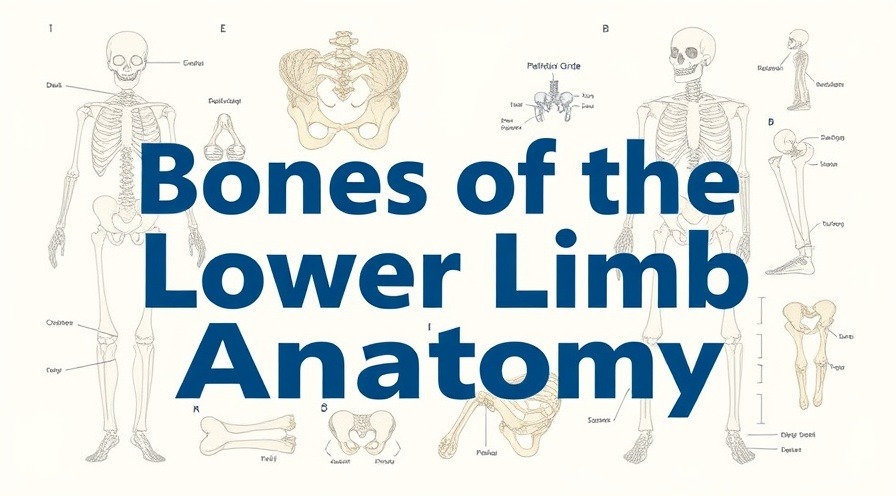
Understanding Scleroderma: A Closer Look
Scleroderma, a complex and rare autoimmune disorder, affects more than just the skin; it can impact internal organs and overall health. This condition manifests through striking symptoms like puffy hands, tight skin, and even digestive issues. Let's explore what scleroderma is and how it can influence your life.
In Scleroderma: Pathology review, we uncover the complexities of this autoimmune disorder, highlighting the experiences of those it affects and its ramifications on overall health.
Types of Scleroderma Explained
There are primarily two types of scleroderma: diffuse cutaneous systemic scleroderma and limited cutaneous systemic scleroderma. The former progresses more rapidly and can involve internal organs early, leading to symptoms such as restrictive lung disease. On the other hand, limited cutaneous systemic scleroderma is generally slower to cause significant internal damage, making it critical to understand these differences for effective management.
Common Symptoms Not to Ignore
Symptoms of scleroderma can vary, but some high-yield indicators include:
Sclerodactyly: A condition where the fingers become stiff and shiny, often curling inward.
Raynaud's phenomenon: A reaction where fingers turn white in cold temperatures due to blood vessel spasms.
Gastrointestinal issues: Such as acid reflux, resulting from alterations in esophageal function.
If you notice such symptoms, it may be time to seek medical advice.
Diagnosing Scleroderma
Diagnosis often begins with a physical examination, followed by blood tests to detect specific antibodies like anti-scl-70 and anti-centromere antibodies. These indicators help differentiate between diffuse and limited types of scleroderma, aiding healthcare providers in crafting a suitable treatment plan.
Strategies for Managing Symptoms
Scleroderma might seem daunting, but there are ways to manage symptoms effectively:
Immunosuppressants: These medications can help reduce the immune response that characterizes autoimmune conditions.
Proton pump inhibitors: Beneficial for managing gastroesophageal reflux.
Calcium channel blockers: Helpful in alleviating symptoms associated with Raynaud's phenomenon.
Collaboration with a healthcare provider is essential for monitoring symptoms and adjusting treatment as needed.
Future Insights: What's on the Horizon?
Ongoing research strives to better understand the triggers of scleroderma, including potential genetic factors and environmental influences such as exposure to certain chemicals. This information could lead to innovative therapies, offering hope to those affected by the condition.
In summary, scleroderma is a multifaceted condition that requires awareness and proactive management. If you or someone you know shows signs of scleroderma, stay informed and consult healthcare professionals for tailored advice.
 Add Row
Add Row  Add
Add 




Write A Comment